
GGBFS granulated blast furnace slag vertical mill is a type of slag vertical mill. In a high-temperature molten state, it is rapidly cooled with water and becomes a granulated foam shape. It is milky white. It is light, crisp, porous, and easy to grind into fine powder. After vertical milling, it becomes a granulated foam. After grinding, due to its potential hydraulic gelling properties, it can be used as a high-quality cement raw material under the action of cement clinker, lime, gypsum and other activators, and can be made into: slag Portland cement, gypsum slag cement, lime slag Cement, slag bricks, slag concrete, etc. can also be used as a raw material for the production of environmentally friendly cement bricks.

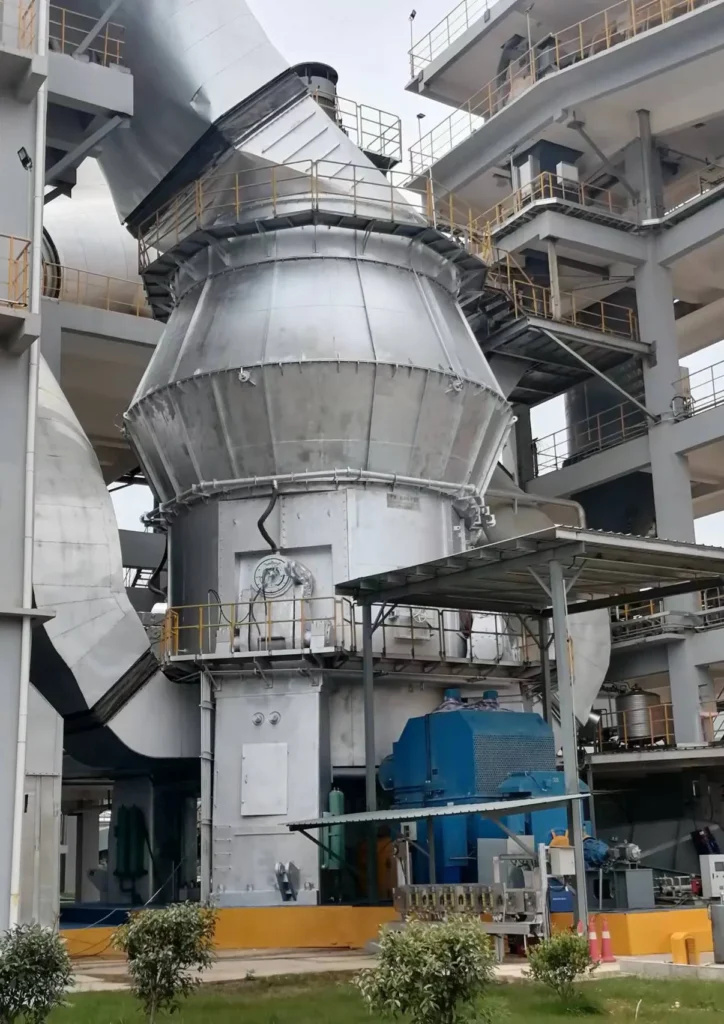
One machine, two jobs
A MACHINE YOU CAN DEPEND ON!
The vertical mill specially designed for blast furnace slag grinding has ultra-high grinding efficiency, improves slag utilization, and promotes environmental protection and sustainable development.
As an admixture in cement production, water slag is easy to grind and comes from a wide range of sources. Compared with pure Portland cement, water slag is cheaper. Substituting one ton of Portland cement per equivalent amount can effectively reduce the cost of raw materials, thereby significantly reducing the total production cost. Especially in large-scale cement production, adding water slag can significantly reduce the company's raw material procurement costs.
Water slag powder has good activity and high strength properties. Adding water slag to cement can significantly improve the quality of cement while maintaining cost advantages. This combination of low cost and high efficiency brings stronger market competitiveness to cement products, allowing companies to occupy a more favorable position in the fiercely competitive market, increase sales and increase market share.
Each ton of water slag replacing one ton of Portland cement can reduce 0.77 tons of carbon emissions. Compared with traditional cement production, the emissions of cement production mixed with water slag are less than 10 times that of traditional processes. %. Under the current carbon emissions trading mechanism, this substantial carbon emissions reduction can bring additional carbon emissions trading benefits to companies.
| Model | Processing Capacity (t/h) | Moisture Content at Inlet | Finished Product Specific Surface Area | Finished Product Moisture | Main Motor Power (kW) | Motor Power (kW) |
| ZJTL19-2N | 7~15 | <15% | ≥430m²/kg | ≤1% | 220~250 | 800-1120 |
| ZJTL22-2N | 9~20 | <15% | ≥430m²/kg | ≤1% | 290~355 | 1120-1250 |
| ZJTL24-2N | 11~25 | <15% | ≥430m²/kg | ≤1% | 400~520 | 1800-2000 |
| ZJTL27-2N | 12~32 | <15% | ≥430m²/kg | ≤1% | 500~750 | 2500-2800 |
| ZJTL27-3N | 15~40 | <15% | ≥430m²/kg | ≤1% | 500~850 | 3150-3350 |
| ZJTL34-2N | 18~50 | <15% | ≥430m²/kg | ≤1% | 900~1200 | 3800-4200 |
| ZJTL34-3N | 22~55 | <15% | ≥430m²/kg | ≤1% | 900~1250 | 4200-4500 |
| ZJTL35-3N | 25~68 | <15% | ≥430m²/kg | ≤1% | 1250~1850 | 5000-5400 |
| ZJTL39-3N | 55~100 | <15% | ≥430m²/kg | ≤1% | 1800~2500 | 5600-6000 |
| ZJTL44-4N | 75~135 | <15% | ≥430m²/kg | ≤1% | 2500~3150 | 6000-6500 |
| ZJTL50-4N | 90~160 | <15% | ≥430m²/kg | ≤1% | 3150~4500 | 6500-7000 |
| ZJTL58-4N | 130~200 | <15% | ≥430m²/kg | ≤1% | 4500~5500 | 7000-7500 |
QUALITY NEVER GOES OUT OF STYLE
Ordinary Portland cement: The amount of water slag is usually between 20% and 30%. This dosage can not only maintain the basic properties of cement, but also effectively reduce production costs and reduce carbon emissions.
Slag Portland cement: In slag Portland cement, the amount of water slag can be higher, usually 30% to 50%. High dosage of water slag can not only improve the performance of cement, but also significantly reduce energy consumption and raw material costs in cement production.
Special cement/low-heat cement/sulfate-resistant cement: The amount of water slag may reach 50% or higher to improve the corrosion resistance, durability and low-heat characteristics of the cement.
Slag generation process: During the blast furnace ironmaking process, the furnace temperature usually reaches 1400-1600℃. Under this high temperature environment, the flux and iron ore undergo complex high-temperature chemical reactions. These reactions produce pig iron and slag.
As part of the blast furnace charge, slag is mainly composed of compounds such as calcium oxide, silicon oxide, and aluminum oxide. These components form glassy granular substances during the cooling process. Physical properties of slag: The physical properties of slag depend on its cooling process.
There are usually two ways to cool slag: water quenching cooling and air cooling. During the water quenching cooling process, the slag quickly comes into contact with water to form fine particles, called granulated slag. This type of slag has a high potential activity and can react well with cement to improve the strength and durability of cement. Air-cooled slag cools more slowly, forming larger particles with lower activity.
The emission of blast furnace slag is closely related to the grade of iron ore. During the iron-making process, different grades of ore produce different amounts of slag. Specifically:
Lean iron ore: When using lean iron ore for iron smelting, 1.0 to 1.2 tons of blast furnace slag is typically produced for each ton of pig iron produced. Lean iron ore has a lower iron content, so more ore is needed to obtain the same amount of pig iron, resulting in a relatively higher output of slag.
Rich iron ore: In contrast, when using rich iron ore for iron smelting, the slag output per ton of pig iron produced is significantly less, usually 0.25 tons. This is because the iron content of rich iron ore is higher, the amount of slag generated during the ironmaking process is less, and the utilization efficiency of the ore is higher. Due to its excellent hydraulic gelling properties, slag is widely used in cement and concrete production.
Incorporating slag into cement production can effectively improve the properties of cement, such as increasing compressive strength, corrosion resistance and durability. In addition, the use of slag can also reduce carbon emissions in cement production and meet the requirements of green environmental protection.
The incorporation of water slag can significantly improve the overall performance of cement. Using water slag as an alternative raw material can reduce reliance on traditional raw materials such as silicates and reduce production costs. When making concrete, water slag powder can be used as an admixture, which can significantly improve the compressive strength of concrete. Water slag powder can improve the corrosion resistance of concrete, making it more stable in chemical environments.
Water slag powder can be used as a stabilizer to improve the compressive strength of the roadbed and enhance the load-bearing capacity of the road. It also helps to improve the stability of the roadbed and reduce settlement and deformation. Water slag powder can also be used in the production of environmentally friendly landfill materials. Its solidification properties can reduce the penetration of harmful substances. The use of water slag powder in the landfill process can cover and solidify waste, reducing the negative impact on the environment.
The grinding and processing of water slag is in line with the concept of resource recycling. By recycling water slag, the mining and consumption of natural mineral resources are reduced and the recycling of waste resources is promoted. The finely ground water slag products can also be used to produce other building materials. Water slag powder can be used in the production of mortar to improve the performance and durability of mortar. It can also be used as one of the raw materials for bricks, expanding the application fields of cement waste and improving the comprehensive performance of bricks.
For the same water slag powder production, vertical mill belongs to the "material bed crushing" grinding equipment, which is very different from the "single particle crushing" water slag ball mill: due to the reasonable grinding method of vertical mill, the grinding work is fully utilized by the material, and the classification is timely, avoiding the phenomenon of over-grinding of the material, so its grinding efficiency is high and the power consumption of water slag grinding is low (saving more than 20% of electricity than ball mill)
Vertical mill allows a large amount of air to pass through, so the drying capacity is large; the material in the mill is in a suspended state, which increases the contact area between the material and the airflow, and the heat exchange conditions are good, so the drying efficiency is high. (When the ball mill grinds relatively wet raw materials, due to the limited air flow through the ball mill, additional drying equipment is usually required in front of the ball mill.)
The particle size of water slag is large, generally up to 3%-5% of the diameter of the grinding roller. The vertical mill allows a large feed particle size, so large and medium-sized water slag vertical mills can save secondary crushing. (Ball mills are limited by their larger steel ball diameters and can only take in smaller raw materials) Water slag vertical mills also have lower investment costs. The initial construction cost, operating cost and maintenance cost of the vertical mill are only 70%~80% of the ball mill equipment.
When the water slag vertical mill is running, there is no collision between the grinding bodies and between the grinding bodies and the liner like in the ball mill, so the noise is low. The grinding and piping system of the vertical mill is advanced in design, with better sealing and mostly negative pressure operation, so there is less dust. The water slag vertical mill has good flexibility and a short conversion time. Different raw materials can be converted on the same vertical mill in a very short time to produce different products. (The ball mill is the opposite.)
The water slag vertical mill has low wear. There is no direct contact between metals during operation, so the metal consumption is small. Therefore, the accessories are less worn and have a long life. The metal wear per unit product is generally 5~10 grams/ton. (While the ball mill uses collision and friction, the wear is high.)
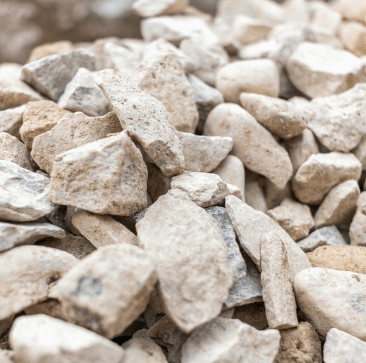
Cement clinker, a key ingredient in cement production, enhances the strength and durability of concrete when finely ground with GGBFS.

Fly ash, a byproduct of coal combustion, can improve the workability and long-term strength of concrete when combined with GGBFS in grinding processes.
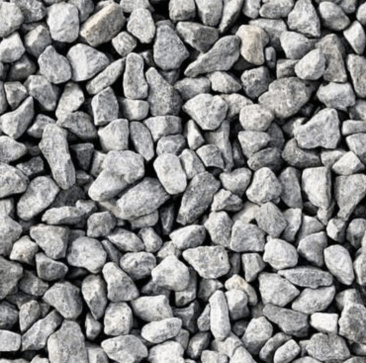
Limestone is often used in cement production. When ground with GGBFS, it helps optimize the chemical composition of cement for better performance.
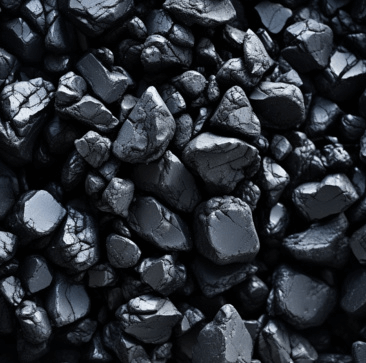
Clay can be processed with GGBFS to create eco-friendly cement alternatives. Its fine particle size aids in improving overall cement properties.
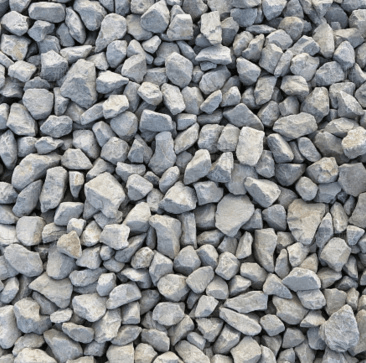
Gypsum is used to control the setting time of cement. When mixed with GGBFS, it enhances the performance characteristics of the final product.

Recycled concrete aggregates can be ground with GGBFS to create sustainable construction materials, reducing waste while maintaining strength.
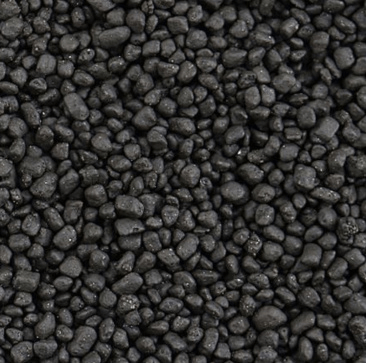
Silica fume, a byproduct from silicon production, can enhance the strength and durability of concrete when mixed with GGBFS during grinding.
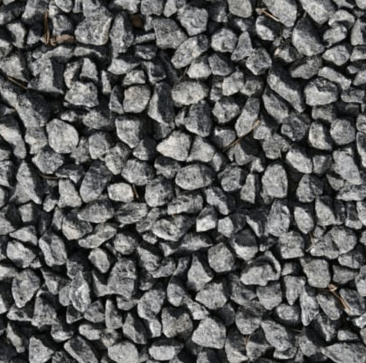
Hardened cement paste can be recycled and ground with GGBFS, allowing for the creation of new cement products and promoting sustainability in construction.
You can get in touch with us through the following contact information
AddressNo. 2289 Huancheng South Road, Tongxiang, Jiaxing, Zhejiang Province, China. Zip code:314500
Please fill in the sales inquiry form and our sales representatives will be in touch shortly.